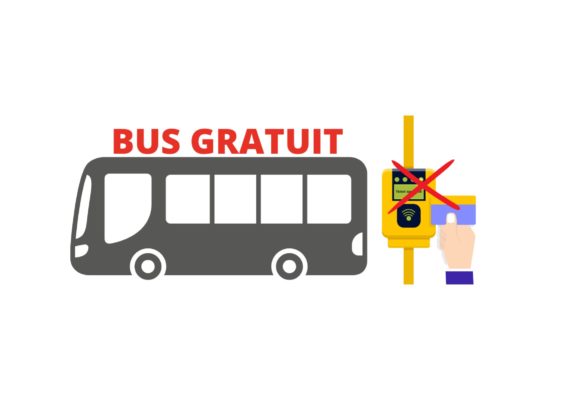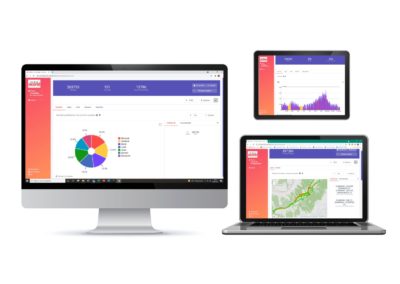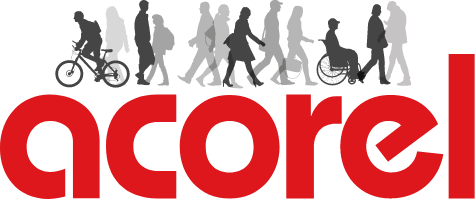Nowadays, more and more municipalities, cities or agglomerations decide to offer free access to public transport. One of the reasons why this measure tends to develop in the coming years is to respond to the social and ecological emergency that the mobility sector is facing.
Thus, we can find on certain networks a total or partial free access to public transport (such as during weekends, for a specific age category or on a specific line).
This is the case for the city of Nice, which will offer two free electric shuttles to travel around its city centre.
Châteauroux is one of the first networks to have proposed this measure and it dates back to 2001. Today, there are more than a hundred networks of all sizes that apply total or partial free public transport.
Other projects are being implemented in large cities such as Montpellier and Clermont-Ferrand.
Free of charge: requirements for the operator and the organising authority (AOT)

This is where a problem arises for the operator and the Transport Authority.
Indeed, if public transport becomes free, the ticketing system will be abolished, whereas the statistical data collected from the ticketing system is essential.
On the operator’s side, this data enables the study of the network’s frequentation and therefore the adaptation of the transport offer to the demand and its resources.
As far as the transport authority is concerned, it is in particular via these ticketing data that it monitors the use of its network and also its operation. This makes it possible to study the attractiveness of public transport in its municipality and the efficiency of its operator.
HOW TO ANSWER THESE NEEDS?
Thus, on a free public transport network, the equipment of vehicles with an automatic people counting solution becomes indispensable.
Not only does it allow the operator to keep track of the number of passengers on its network, but thanks to its bi-directional counting and its accuracy of more than 98%, it also collects factual and essential data. In addition, it allows the AOT to measure the attractiveness of the measures taken or to remunerate the operator according to the number of users (economic model often used in the context of free public transport).

PASSENGER COUNTING AND FREE TRANSPORT:
THE EXAMPLE OF RIO DE JANEIRO

In 2016, as part of the Rio De Janeiro Olympic Games, the city put into service a new tram line with free access for users.
VLT called on our services and our automatic people counting solutions to equip this line, representing a complete fleet of 32 vehicles, with more than five hundreds 3D stereoscopic sensors installed.
Indeed, it needed to know the attendance with an optimal accuracy rate and only an accurate automatic people counting solution could meet this need.
We then offered to install our systems, which include 3D stereoscopic sensors and a central concentration unit.
Bureau Veritas carried out an accuracy check on this line after the installation of our equipment, and they obtained a counting accuracy rate of about 99%.
One of the other advantages of this solution that was appreciated was the fact that we were able to carry out precision checks with video.
Indeed, if the transition to a free public transport network requires the implementation of an automatic people counting solution, accuracy verification is also essential to ensure the reliability of the product. However, manual counting campaigns are time-consuming and costly. This is why activating video recording, when an accuracy verification campaign is to take place, greatly optimises time and resources.
The transition to free public transport is therefore one of the reasons for deploying an automatic counting solution, but it is not the only one. Indeed, nowadays, more and more networks are equipping themselves with these technologies to obtain advanced statistics, more precise than ticketing, or to exploit real-time attendance data as explained in this previous article.
